Sushi, a simple-looking dish but a blessing for your taste buds, actually has many different variations other than the simple piece of fish meat on rice.
When talking about Japanese food, people usually mention sushi before other dishes. Due to its popularity and tastiness, it is not surprising that sushi became the favorite dish to eat when going to Japan of many people. Other than the normal variation of sushi, there are many different types of sushi that exist in Japan. Today, Illume-eMag will take you on a trip to discover the different sushi dishes that Japan has to offer.
Hosomaki
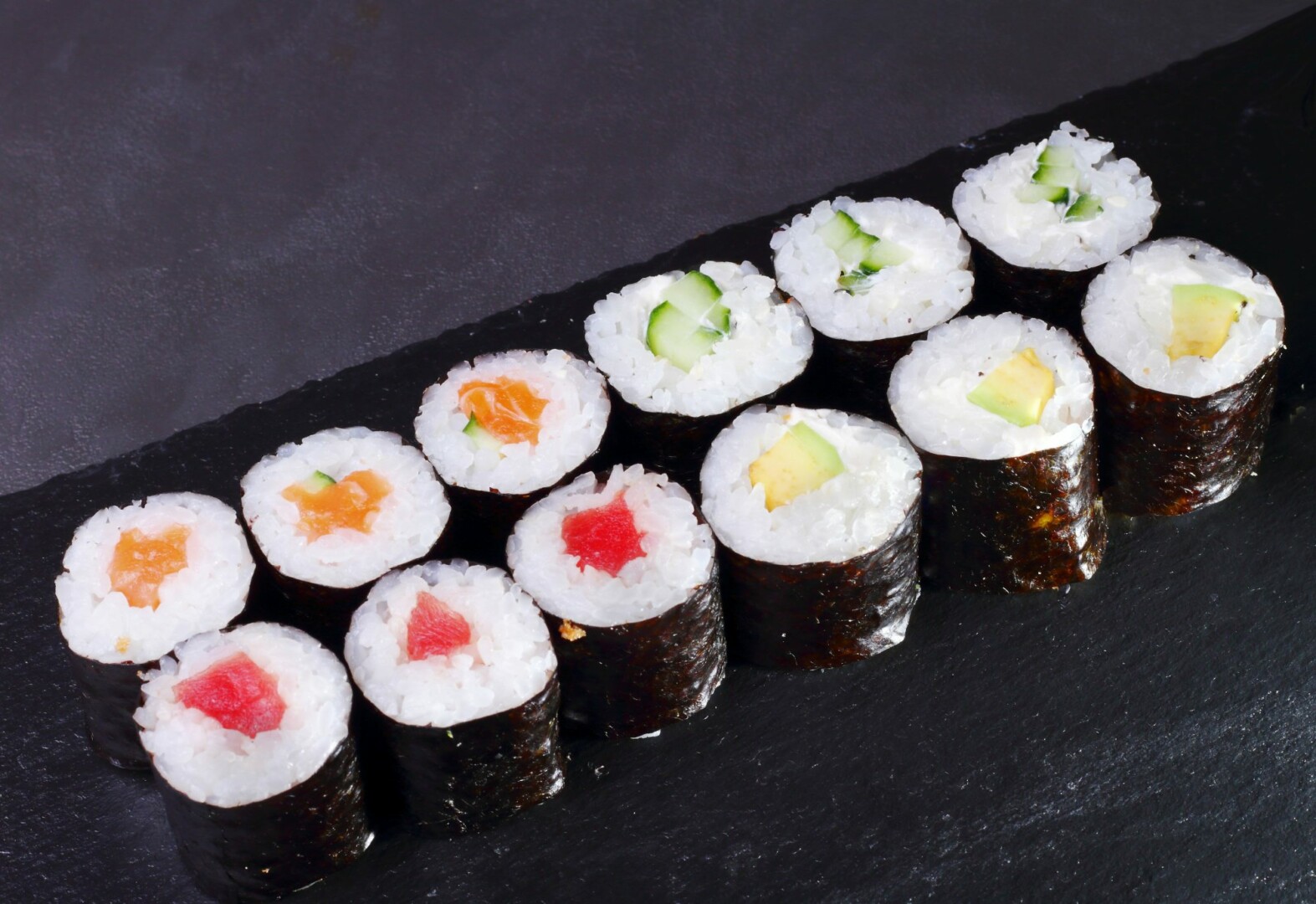
This type of sushi has the smallest size when it weighs only 80-100g. Hosomaki is also very simple to make with just a little rice, seaweed rolls and the filling is only one type, such as cucumber, tuna…
Nigiri sushi
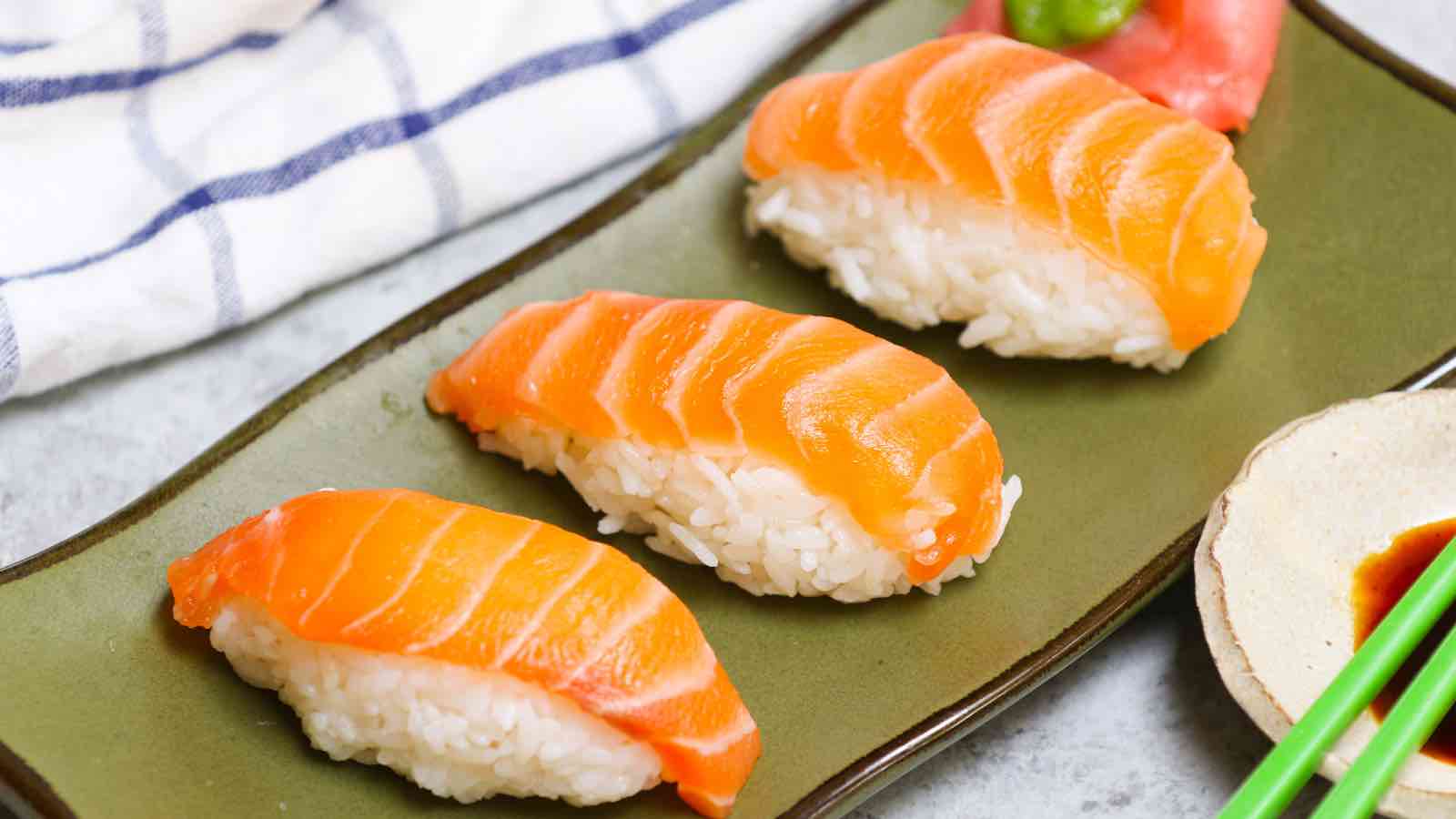
One of the most famous sushi in the world is nigiri sushi, they are made from a small ball of rice that is tightly clenched by hand and then topped with eggs or seafood such as shrimp, squid, fish, eel… Sometimes there is a roll of a small piece of seaweed. This dish began to be popular in the Edo period (1603 – 1867). When eating Nigiri sushi, it is necessary to pick up or hold the soy sauce with clean hands, do not dip the rice and soy sauce because the spices have been mixed, then eat the whole piece, avoid biting halfway.
Gunkanmaki

As a type of nigiri sushi, but gunkanmaki is rice wrapped with large pieces of seaweed, leaving two sides on the bottom, in which the top side of the sushi is added with salmon roe, sea urchin, oysters… Gunkan means clear boat. In Japanese, this sushi looks like a small boat full of fish and eggs.
Temari sushi
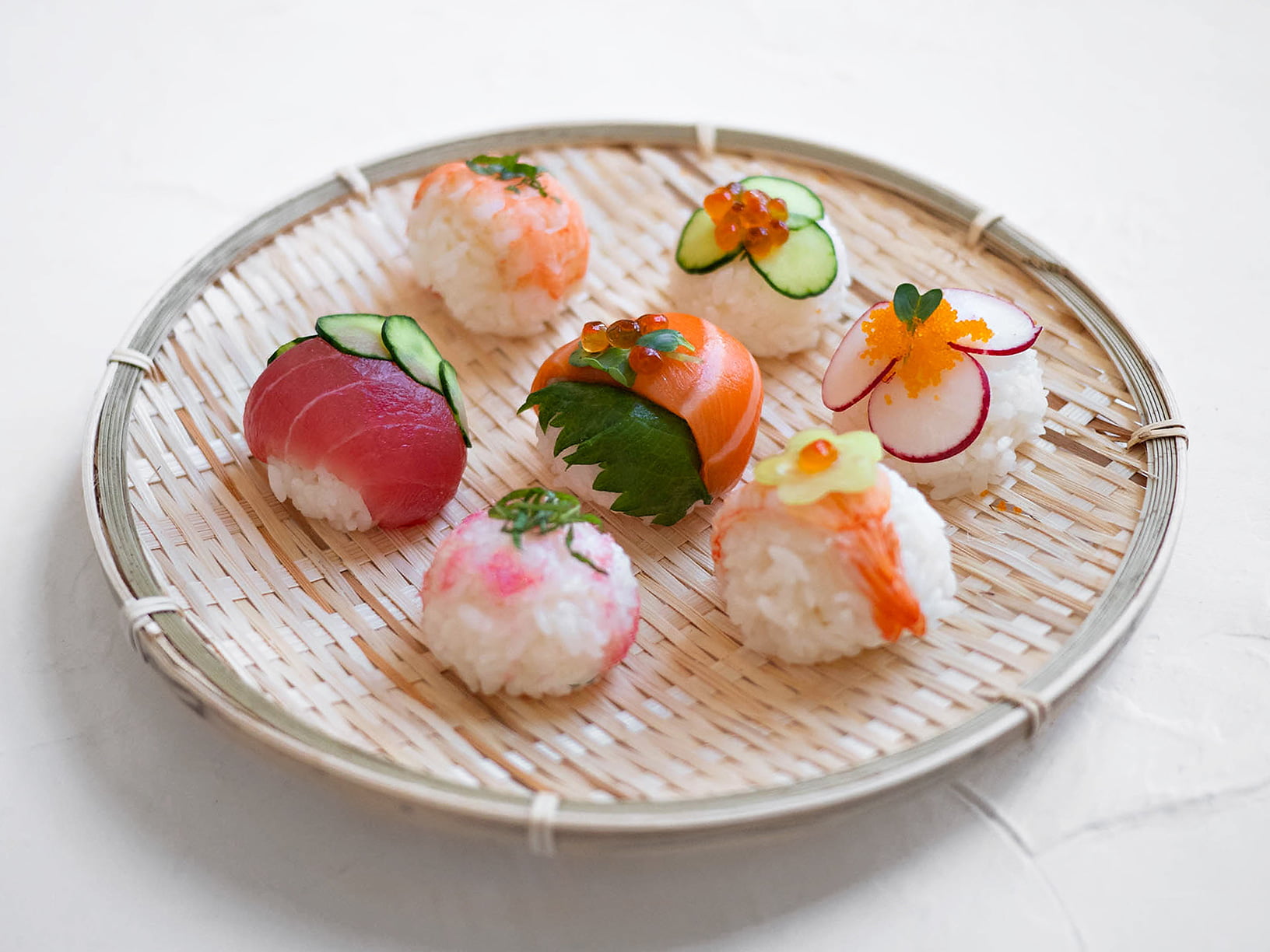
Also a type of sushi that belongs to nigiri sushi, but the temari shape is more like a round ball. Rice, fish and seaweed are arranged and then pressed tightly into a circle. Temari are easy to make at home and are often eaten by the Japanese at picnics, Halloween, Hinamatsuri (a baby girl’s doll festival), and Christmas because they’re easy to themed.
Futomaki
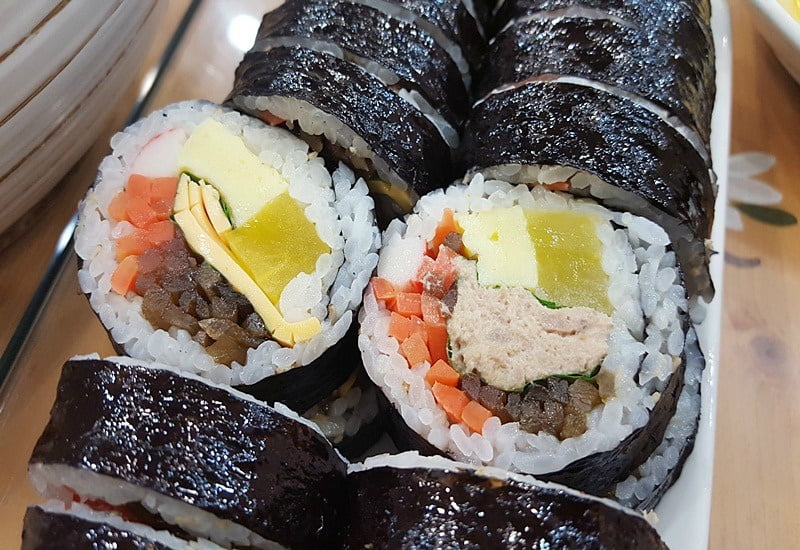
This is the “star” of sushi rice rolls, they are rolled with seaweed very tightly with rice and fillings such as eggs, vegetables, fish… into cylinders and then cut into bite-sized pieces. Processors often use a small bamboo curtain to roll the rice more tightly. Originally a specialty and originated in the Kansai region, futomaki is sushi eaten during the Setsubun festival in spring. Futomaki are similar in appearance to large norimaki and contain more fillings in one piece. Currently, this type of sushi is very popular in North America.
Inari sushi

Inarizushi looks like “seasonal packages”, this traditional sushi is made from fried tofu stuffed with fragrant sticky rice, some vegetables, spices such as carrots, mushrooms, bamboo shoots, seaweed… named after the Shinto god Inari, who is said to have discovered fried tofu.
Nare sushi
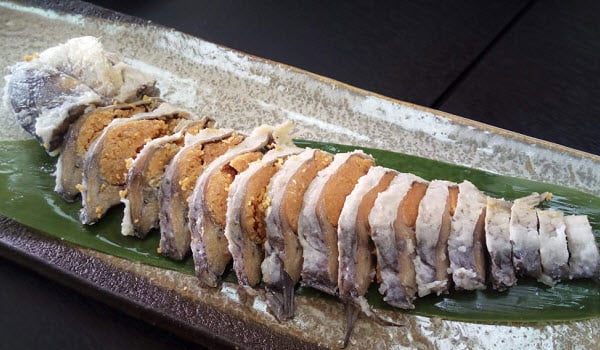
Nare sushi (or narezushi) is an “ancient” of sushi that is still sold everywhere in Japan, especially in the Shiga region. Here diners know narezushi by the more popular name funazushi – a local specialty made from salted fish and rice for many years. Narezushi is one of the earliest invented sushi in the world. Since the 10th century in Japan, this fermented fish has been preserved with salt and rice, then evolved into the nigiri (sushi style of rice balls and sliced fish on top) we know today.
Temaki
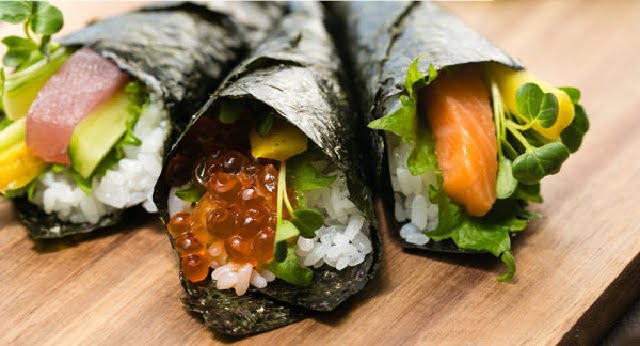
Temaki means “hand roll”, which is also the way to prepare this type of sushi, using seaweed to wrap rice and vegetables, fish and then roll into a rather loose funnel shape. When done, temaki looks like an ice cream cone. Diners need not use their chopsticks to eat this .
Oshi sushi
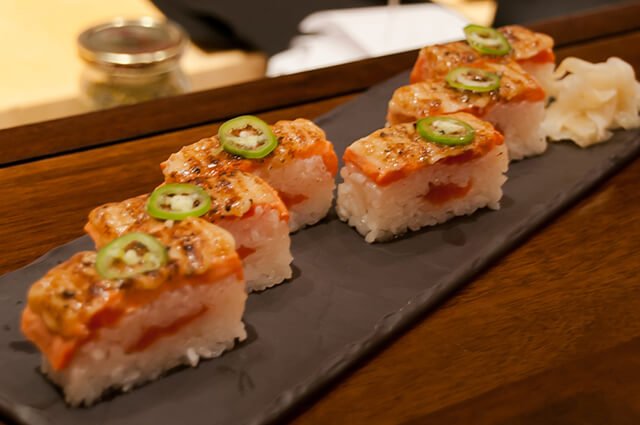
A specialty of Osaka and the Kansai region, oshi sushi does not use seaweed to wrap the rice, but the rice is compressed into pieces on top using a topping of fish, fish roe, vegetables… When compacted, it can be cut into small pieces to make it easier to eat, the shape is quite square, so it is also called ashako sushi or sushi box.

